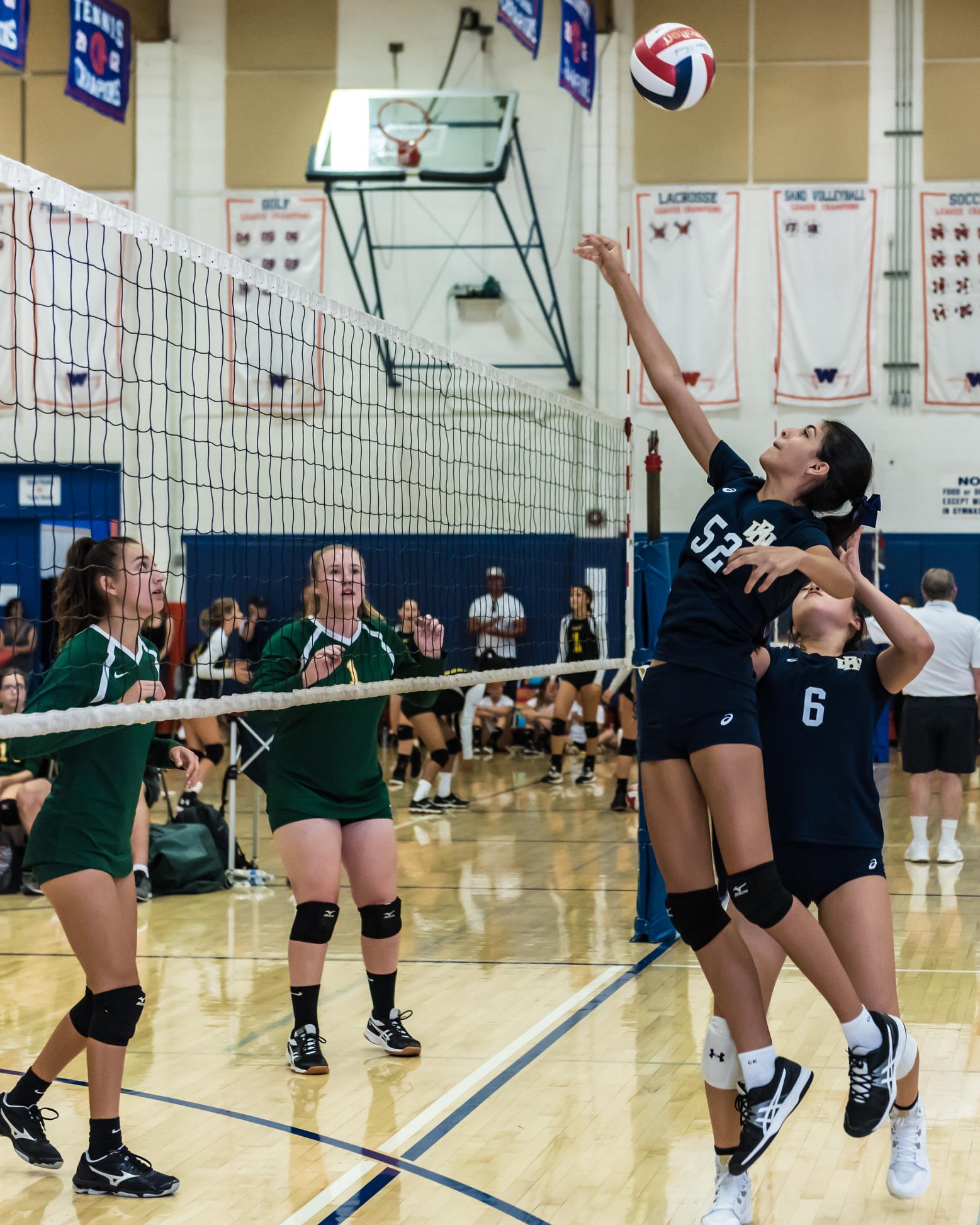5 Myths Of High School Sports and Scholarships

Myth: Athletic Scholarships Are All Full-Ride Scholarships
Countless high school athletes and their families assume that athletic scholarships are all full-ride scholarships. Unfortunately, this is not true. For every 100 high school students, there is one full athletic scholarship available.
Full scholarships are not available in all sports either. They are pretty much only available in Division I (DI) “head count” sports. Head count sports mean the team is restricted in the number of athletes that can be on scholarship. In the NCAA, the head count sports for men are football (DI-A only) and basketball (DI). For women, the head count sports include basketball, volleyball, tennis, and gymnastics. All other DI level sports are “equivalency” sports, which means the available scholarships for each team can be divided among multiple players.
In 2013, the average amount of money awarded to NCAA DI athletes was $13,821 for men and $14,660 for women. This is for the players in the top division. Many other athletes who received scholarships only received “starter” or “book scholarships” which pay for little. More than 60 percent of all NCAA athletes receive no scholarship aid for athletics.
Myth: Lots of Kids Go to College on Sports Scholarships
While lots of students play sports, very few get college scholarships. In fact, nationally, less than 2 percent of high school athletes will get college scholarships. Compare this to academic scholarships. At some schools, 70 percent of students receive academic scholarships. At the University of Michigan, for example, $23 million is spent on athletic scholarships while $945 is spent on academic scholarships.
Think of it this way, the odds of getting a college athletic scholarship in a major sport are lower than then chances for getting admitted to Harvard.
Myth: Playing One Sport Year Round in High School is the Path to Success
Many professional athletes have said that playing one sport year round leads less to success and more to burn out. Endless games and practices will wear out both the body and mind, especially for a developing high school player. Even hockey great Wayne Gretzky played lacrosse in the spring. Rather than have your student join a travel team, consider having them practice without the team. If your child is a promising baseball hitter, take them to the field and have them hit the ball many times. This is actually better than joining a travel team and waiting to take two or three hits over the course of a game.
Myth: Once A Student-Athlete Earns A Scholarship, They Have it For All Four College Years.
Athletic scholarships are not guaranteed for four-years. Scholarships are year-by-year contracts that get renewed by the coach and college at the end of each year. This means that students can earn a scholarship and then lose it sometime during their college career. Scholarships depend on a student’s success on the team, in their sport and in the classroom. If a student is not as successful as the college wants, the scholarship can be changed or withdrawn.
Keep in mind too, there are student athletes whose college careers are shortened by injuries.
Myth: Getting into the School on a Sports Scholarship is the Hard Part.
The fact of the matter is high-level college athletics can be extremely challenging. Many sports schedule practices early in the morning and then again later in the day. The practices, games and training, which can include gym time, take up a lot of time. A commitment to sports can mean losing the ability to get a part-time job or internship. Plus, having a severely limited social life. One 2014 NCAA survey found that the average NCAA student-athlete spent 39 hours a week on academics and 33 hours a week on sports in-season.
Truth: Playing Sports Has Great Benefits
At International College Counselors, we believe that sports are highly beneficial for students. Through sports dreams can be achieved and valuable lessons learned, including leadership, dedication, hard work and teamwork. Students also can learn how to push themselves to improve. For a student to be great at a sport, a high level of passion is needed.


